Pescara, the city
In Pursuit of Happiness
The statue of Ennio Flaiano guards the entrance to the oldest part of the city of Pescara where he was born. Poet, author, playwright, collaborator of Federico Fellini, and the first winner of the prestigious Strega literary award, Flaiano was fond of aphorisms.
One of his favourites is written on the plinth of the statue: la felicità consiste nel non desiderare che ciò che si possiede. Happiness consists in desiring only what you possess. A wise maxim, you might think, but one which Flaiano himself failed to honour, since he wasted little time in abandoning his native city and all he possessed, and decamping to Rome in search of … well, happiness.
But we’re getting ahead of ourselves. We’ll be returning to Pescara Vecchia later, but for now let’s go back to where we left off, in the ‘new’ Pescara, at the Lungomare.
If, at the Fontana la Nave, you turn your back on the sea, you’ll find yourself on Corso Umberto I. Wide, tree-lined and traffic-free, ‘Il Corso’ leads from the beach to the bus and railway station. About a third of the way along, it spreads into a huge piazza.
Living Room Square
One of the first squares in Pescara to emerge from the rubble after the second World War was aptly named Piazza della Rinascita (Rebirth). Nobody, though, calls it by its proper name. Intended as the new heart of the post-war community, a place for citizens to convene and converse, it is fondly known to locals as Piazza Salotto: Living Room Square.
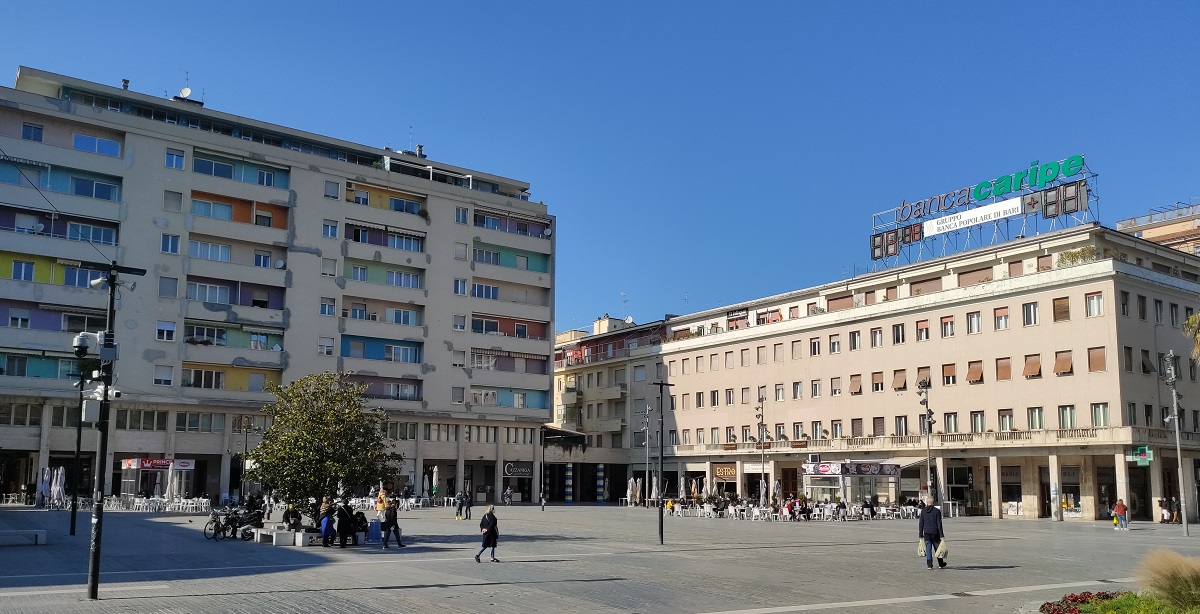
It looks sprucer today, having gained some fancy eating and drinking places and, recently, an interactive (un)musical fountain, but its function is the same. Shoppers and strollers ambling down Il Corso are obliged to cross it, and might linger a while on one of its benches.
It is also a popular venue for various forms of entertainment. This is where, in 2006, when Italy won the football World Cup, the team’s two Abruzzesi players were given a rock star’s welcome by a deliriously happy crowd.
Il Corso is the scene of the daily passeggio, the late afternoon social stroll. On either side are the same international stores that line main streets from Manhattan to Melbourne. For posher boutiques you have to turn into elegant via Firenze.
Here, especially on Saturday afternoons, strut well-dressed shoppers, some a little over-the-top perhaps, who will afterwards head to the trendy restaurants or bars on via Cesare Battisti around the covered market, now a favoured spot of Pescara’s aperitivo crowd.
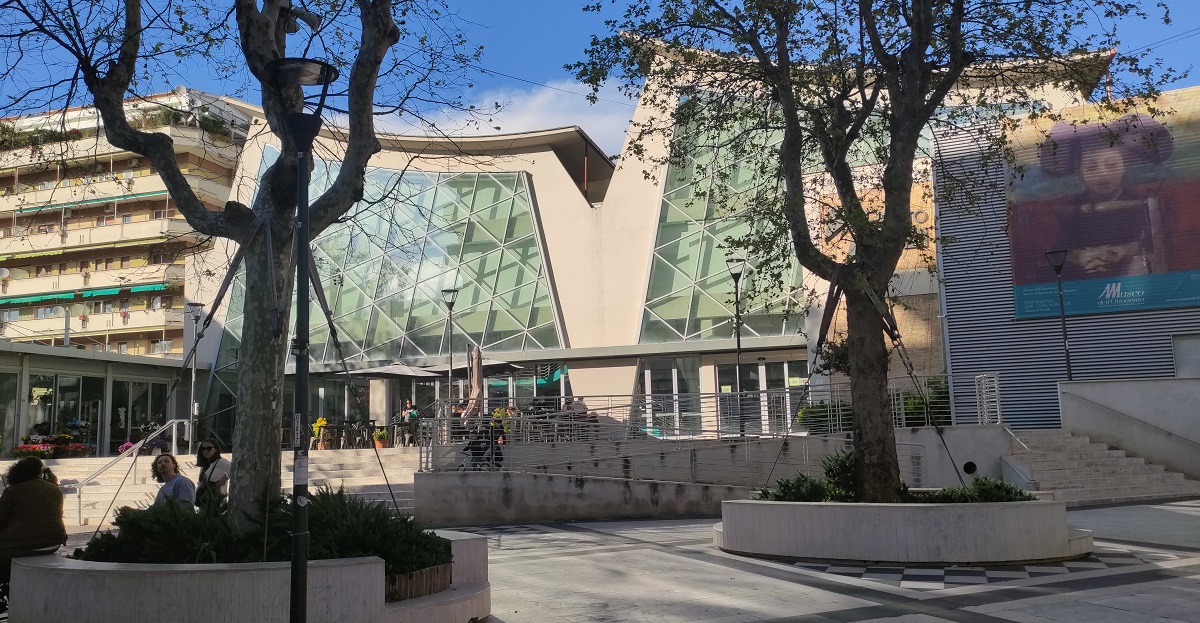
Architecture
The different stages in Pescara’s history linger on in its architecture. The colours, now faded, of 1960s optimism still embellish the palazzi around Piazza Salotto. Elsewhere, nineteenth century mansions and their gardens bravely resist the encroachment of shining new glass and steel apartment buildings which, particularly along the seafront, jut out like the prows of cruise ships. Towards the port, traditional brick fishermen’s cottages, now dilapidated and abandoned, crouch beneath tower blocks.
The fascist period, instead, is reflected in the city chambers and clock tower, built in the years following Pescara’s merger with Castellammare. Solemn and solid, the buildings were designed to intimidate and inspire awe.

Pescara Vecchia
The oldest part of Pescara – the original area of Aternum – is beyond the city chambers on the southern side of the river. It became Pescara Vecchia, old Pescara, when the modern city centre moved to the northern shore.
Nearby is the Museo delle Genti d’Abruzzo, about life in Abruzzo from prehistoric times to the Industrial Revolution.

But the heart of this shabby, run-down neighbourhood of narrow streets, is Corso Manthoné, which recently enjoyed something of a revival due to its interesting nightlife.
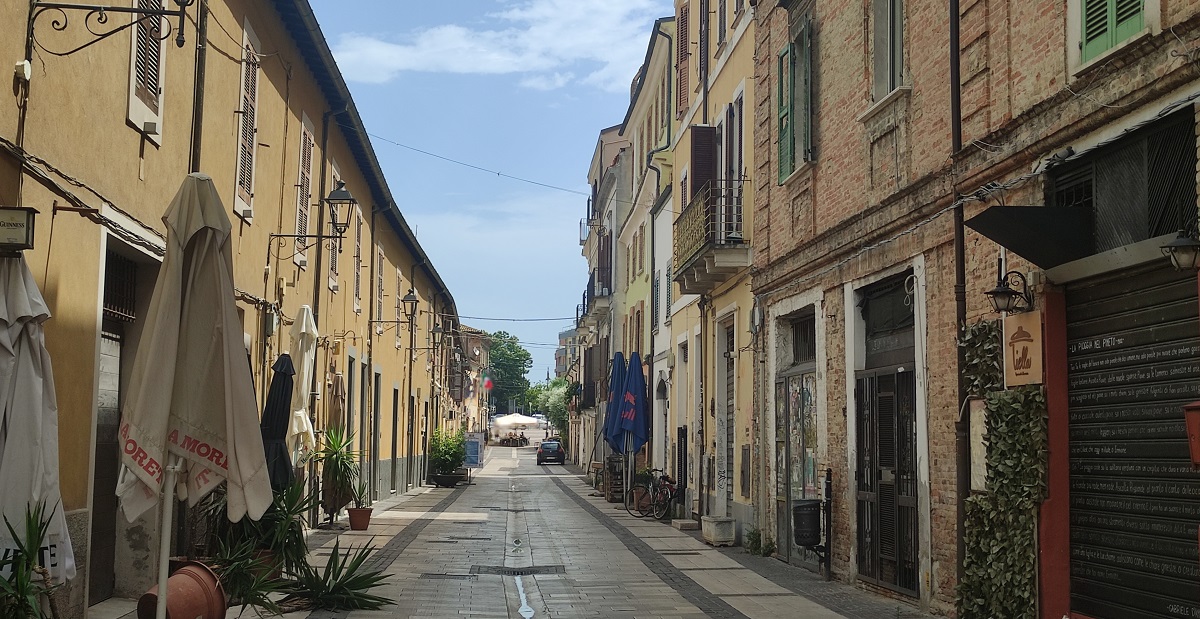
This is where Pescara’s most famous son, Gabriele D’Annunzio, was born. The house was restored by D’Annunzio himself in honour of his beloved mother, but it took a battering during the war. It is now a rather sparsely furnished museum that doesn’t hold a candle to Il Vittoriale, D’Annunzio’s last spectacular home, brimming with curiosities, on Lake Garda in the north of Italy.
D’Annunzio’s mother is buried in an ostentatious and, in my opinion, rather ugly tomb in the nearby Cathedral of San Cetteo, to which D’Annnunzio dedicated personal funds.
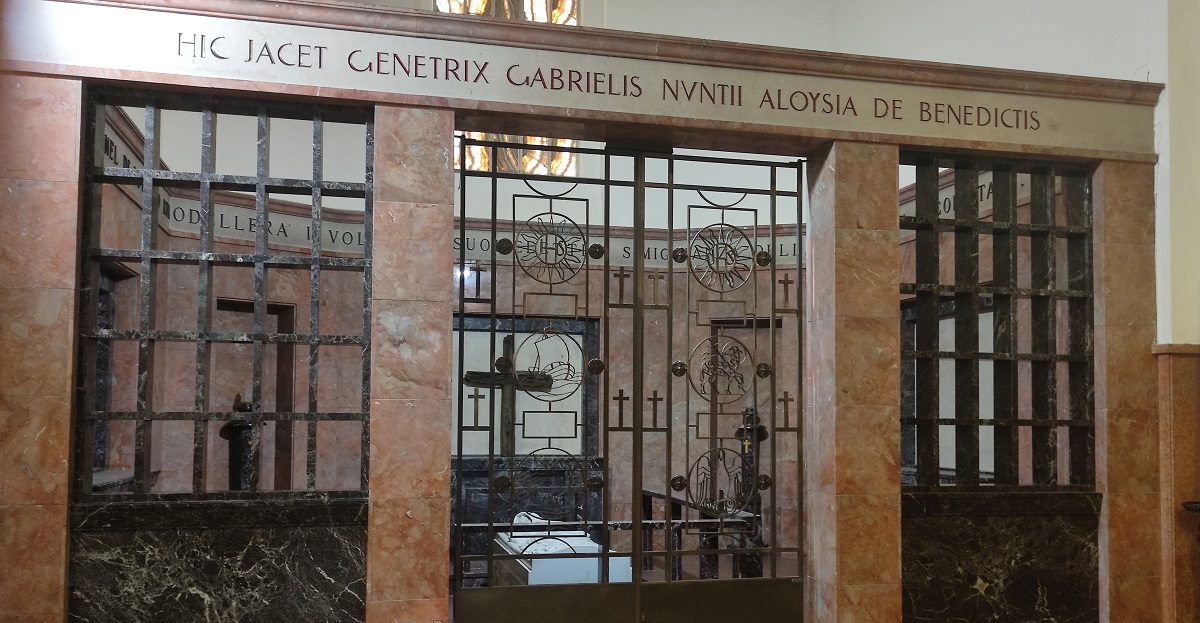
It’s not easy to avoid D’Annunzio in Pescara Vecchia. Reminders are everywhere. On one wall is his portrait, while written in cursive on the metal roll-down shutter of a popular bar is his most famous poem, La Pioggia nel Pineto.
But, as mentioned above, it is that other famous Pescarese, Ennio Flaiano, whose statue stands guard at Corso Manthoné. Fittingly, he stands facing outwards, turning his back on the city of his birth.
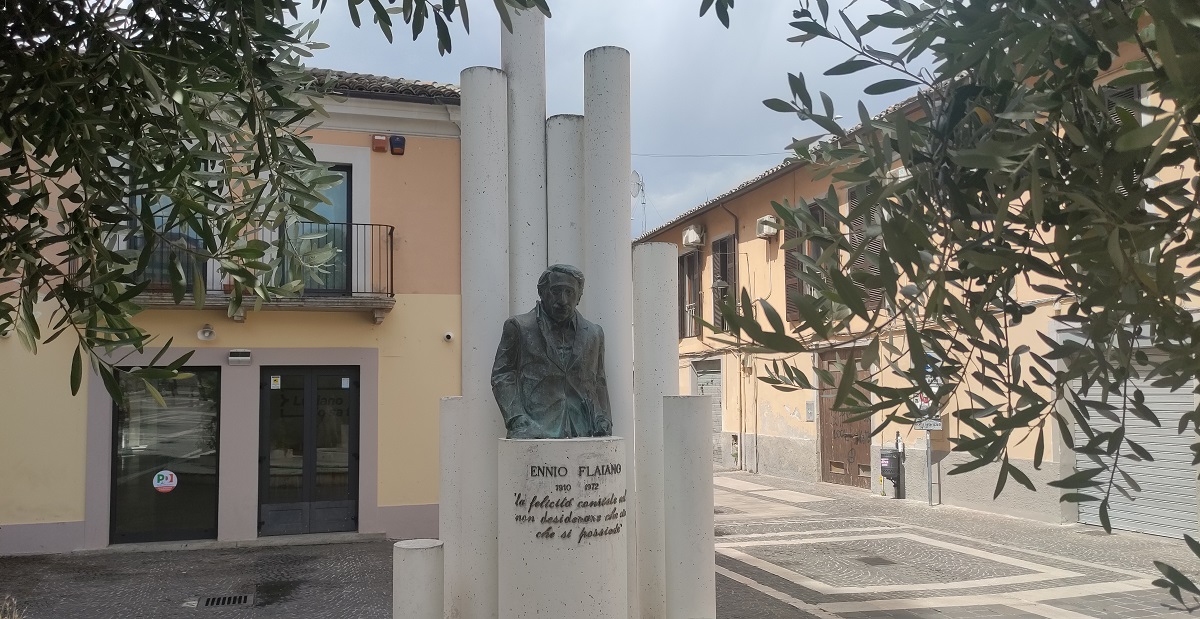
Pescara Station
Before we leave Pescara, it’s worth mentioning the railway. This (and the old station, which was not hit) was the target of allied bombs in 1943 that killed 3000 people (some reports give the figure nearer to 6000) and destroyed well over 1000 buildings. A German train travelling the line, packed with explosives, was also hit, and pieces of flying shrapnel injured people for miles around, including my inlaws’ closest friend, who lost his eye.
The railway once ran right through the city, splitting it down the middle. Traffic was regulated by a series of level crossings. Spare a thought for the hungry motorist, speeding home for his midday meal but brought to an abrupt halt by the descending barrier (called a croce di Sant’Andrea, St. Andrew’s Cross), and with no option but to switch off the engine and endure the soporific effect of interminable goods carriages rattling past.
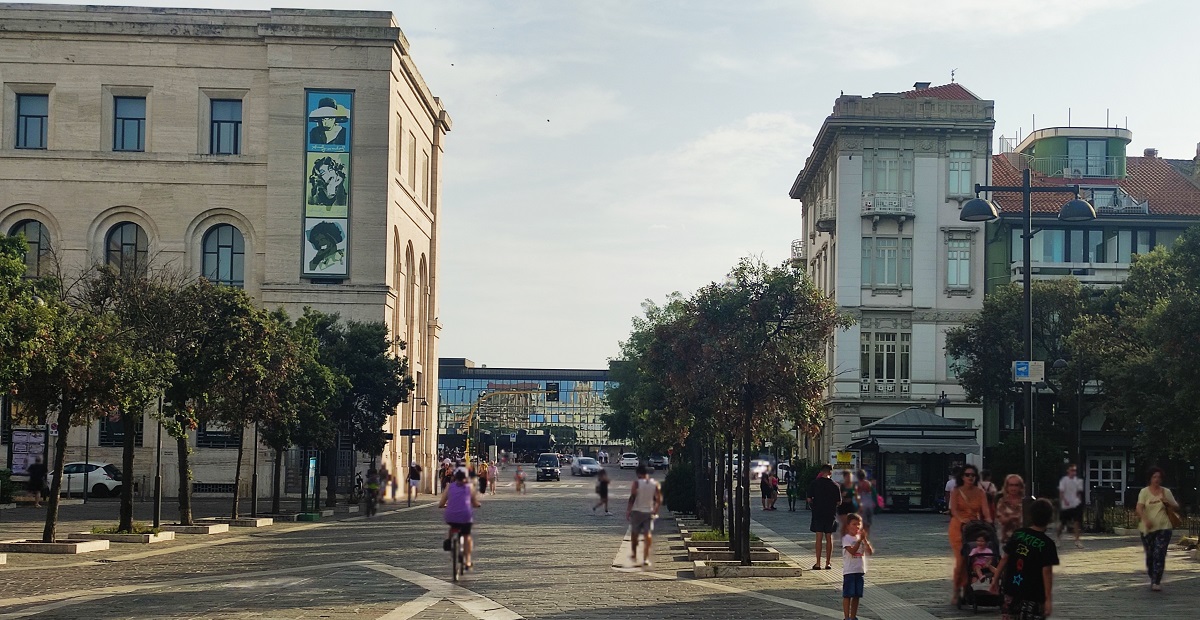
With the building of the new station in the 1980s, the railway was raised above the city streets and the inconvenience brought to an end. Now train travellers heading north or south can enjoy a fleeting glimpse into the windows of apartment blocks and the lives of the Pescaresi who inhabit them.
For information on Pescara: Pro Loco Pescara Aternum
Pescara is 210 km from Rome and can be reached by autostrada A24 or a daily bus service


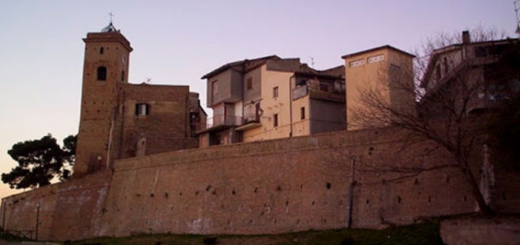
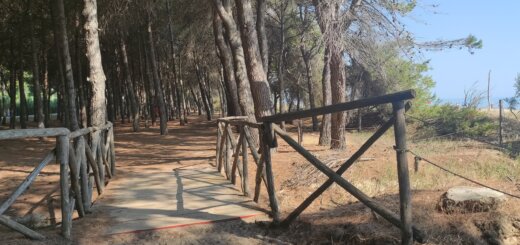
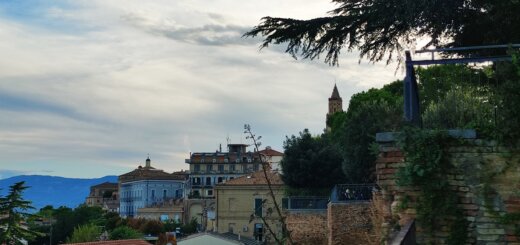

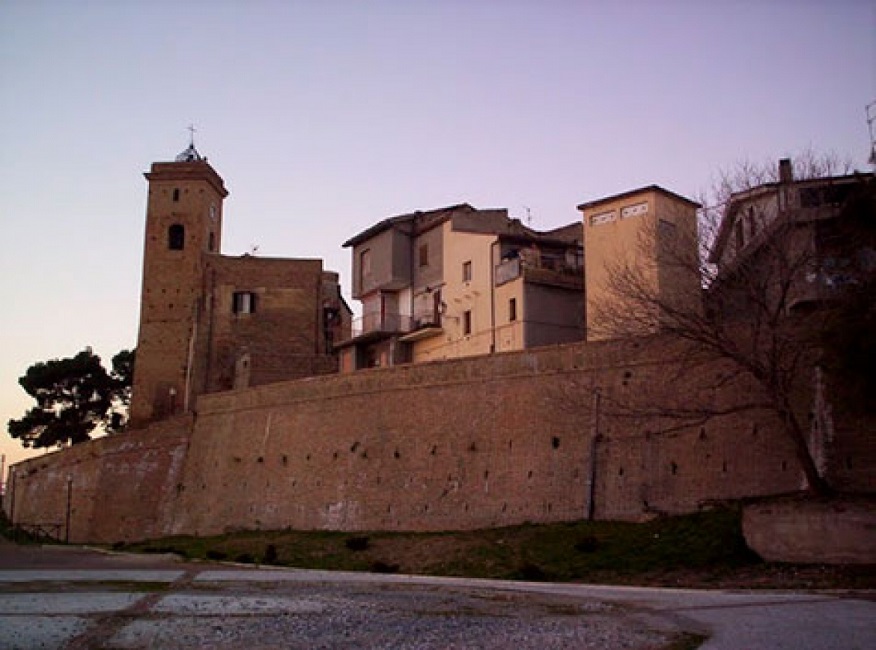
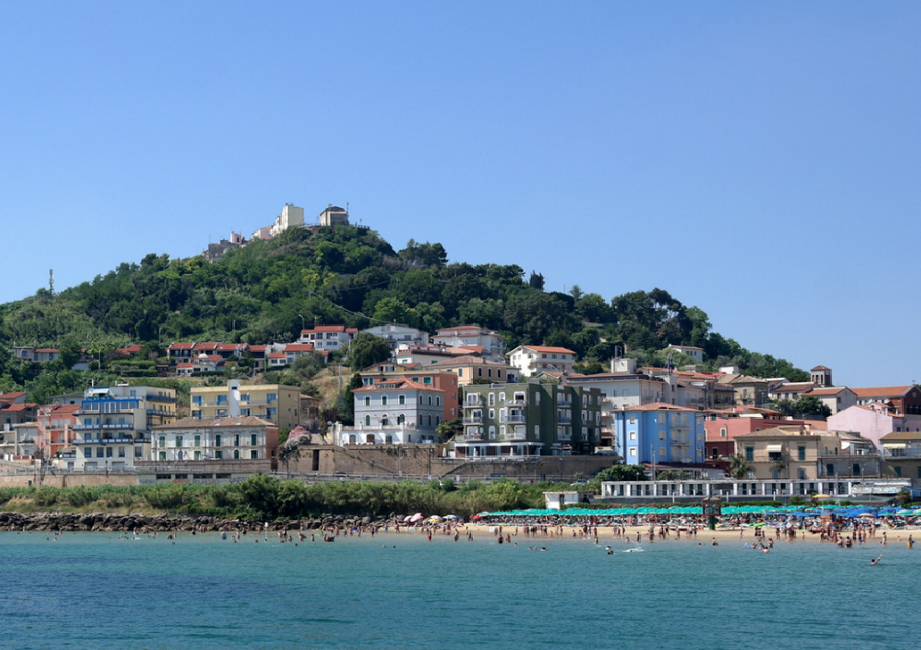
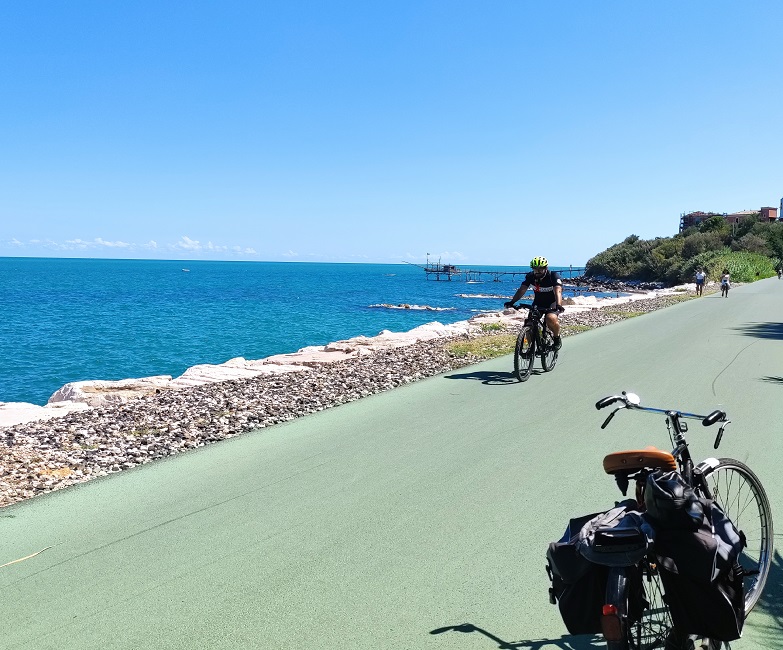
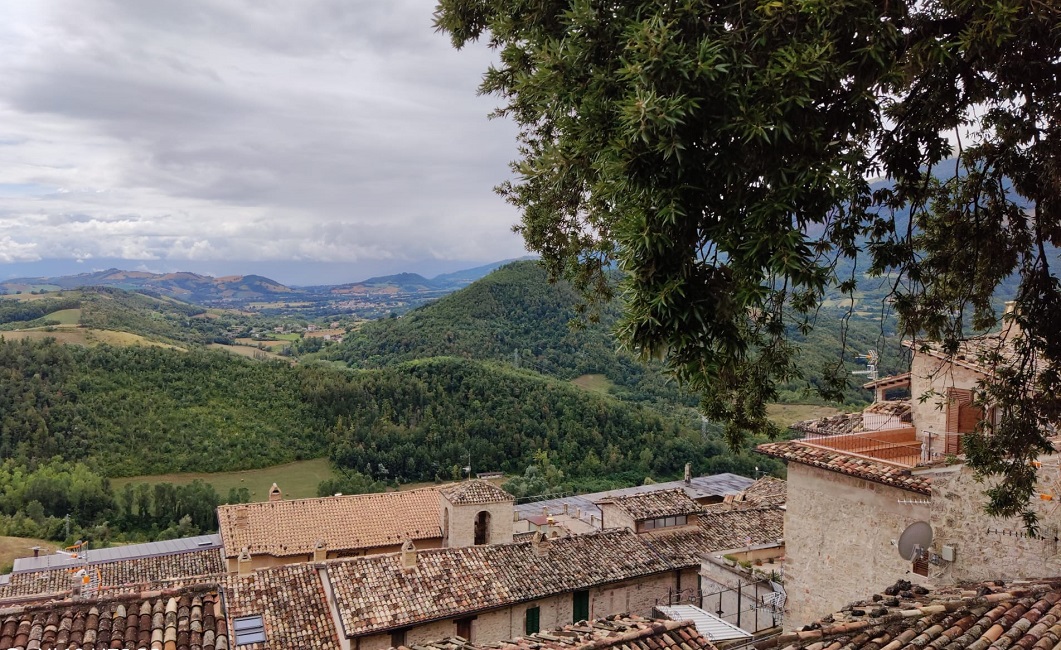
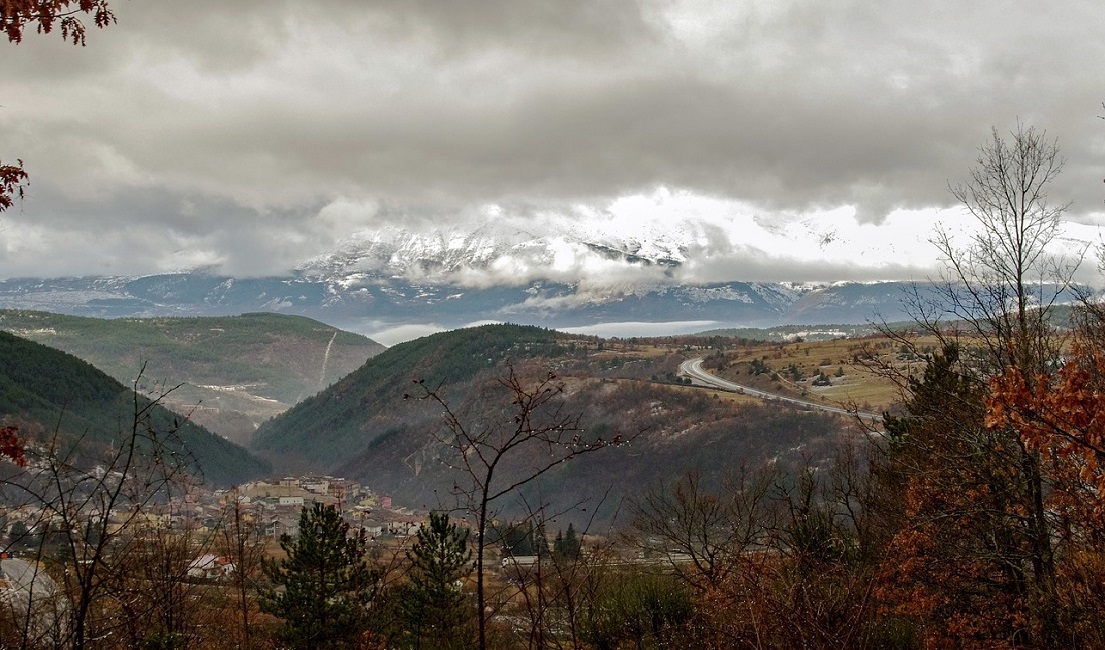

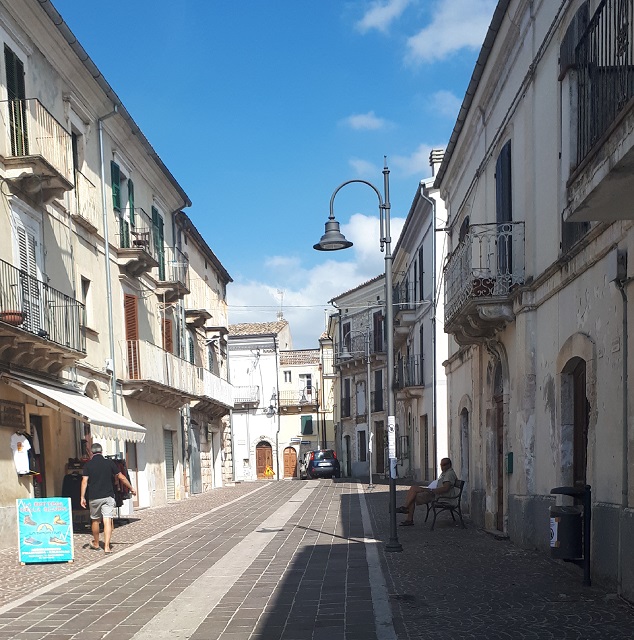
error in translation leaving this article non quite correct. Happiness is NOT desiring what you have, is the correct translation.
Instead, the translation says happiness is desiring what only what you have.
Logically speaking if you have it you can’t desire it, you already have it.
Thank you for your comment. I appreciate your input, though I reserve the right to disagree. I am not sure how happiness can be not desiring what you have – that seems like a recipe for unhappiness! The seventh word in Flaiano’s aphorism, ‘che’, carries the meaning of ‘nient’altro’. So the meaning is “bisogna desiderare nient’altro di quel che si possiede”. You should not desire more than you possess. As for your point about desiring, logically speaking you are right. However, you will note that Flaiano also uses the word ‘desiderare’ and I didn’t want to stray too much from the original. Perhaps a more precise and logical translation could be: Happiness is not desiring more than you already have.